Struggling to Get Traction? Start With Who You’re Talking to.
If your brand is getting overlooked, chances are your message isn’t landing with the right people. Whether you’re trying to shake up a crowded market or finally hit those elusive growth goals, real progress starts with clarity. Our Buyer Persona Creation Guide helps you define and deeply understand the decision-makers that matter most — so your marketing stops feeling like guesswork, and starts pulling real weight.

